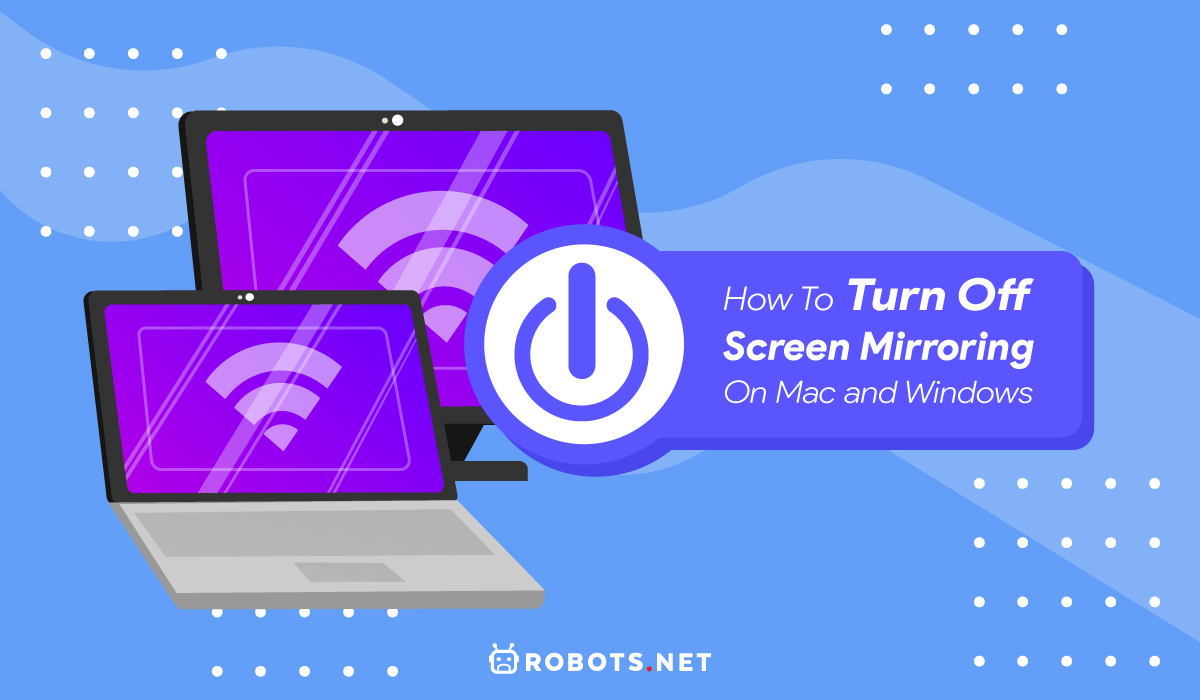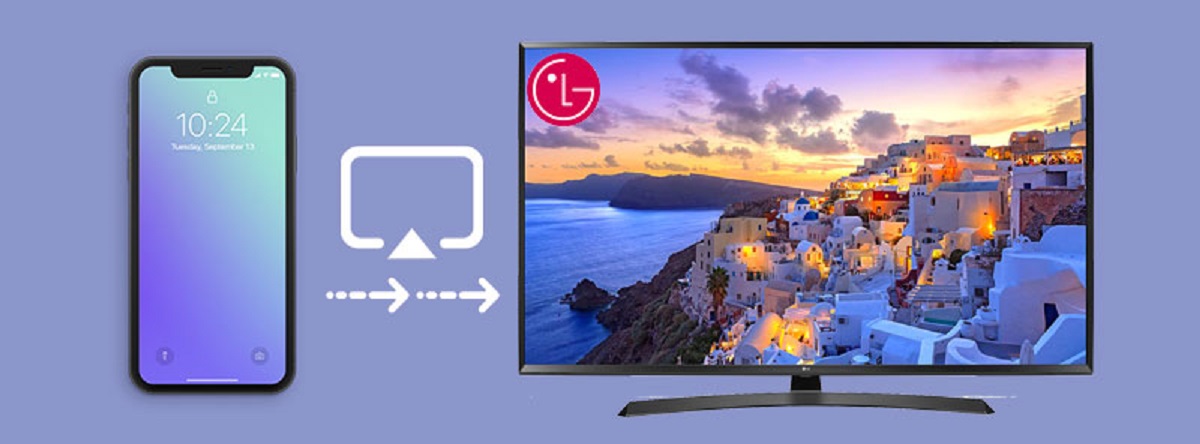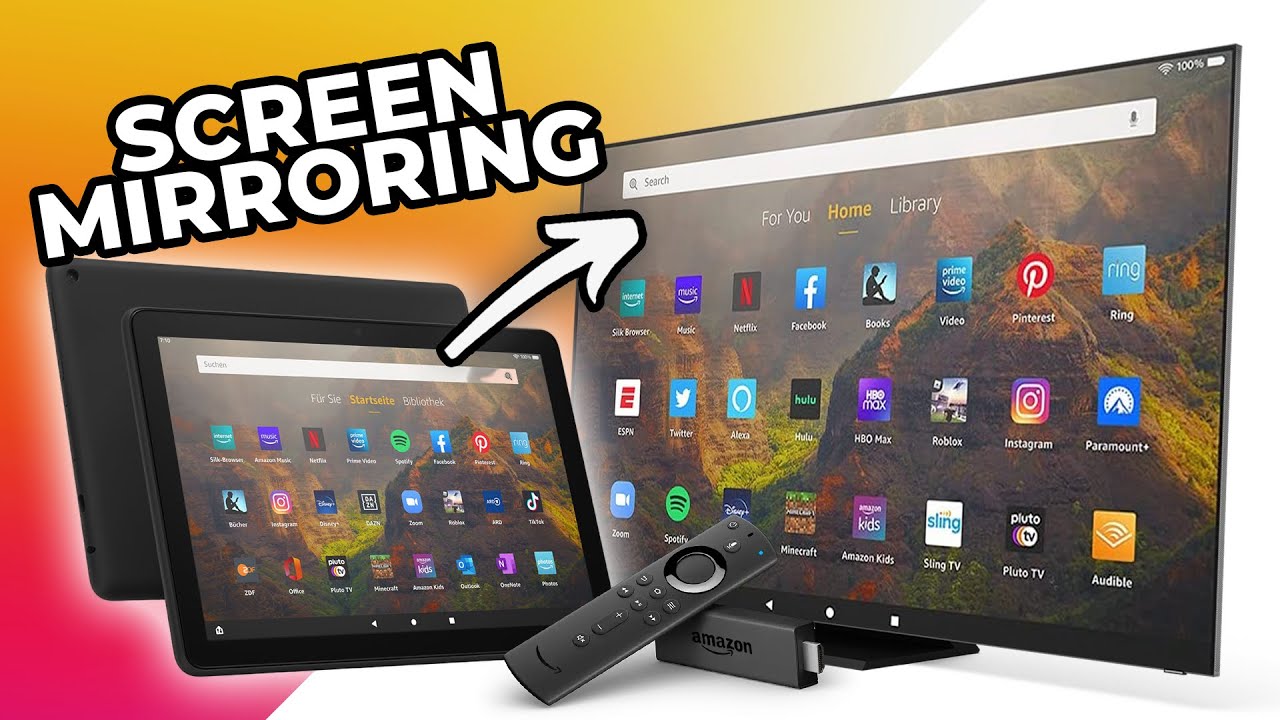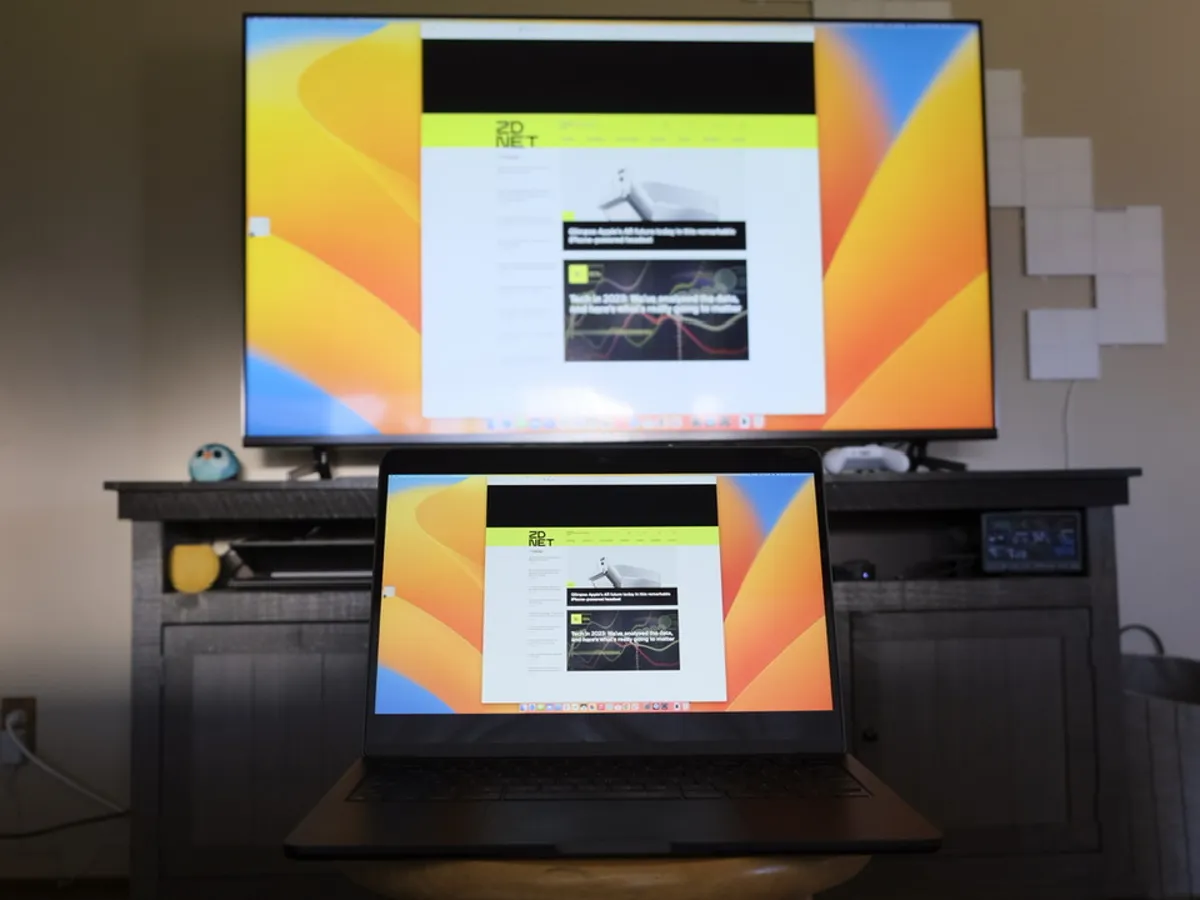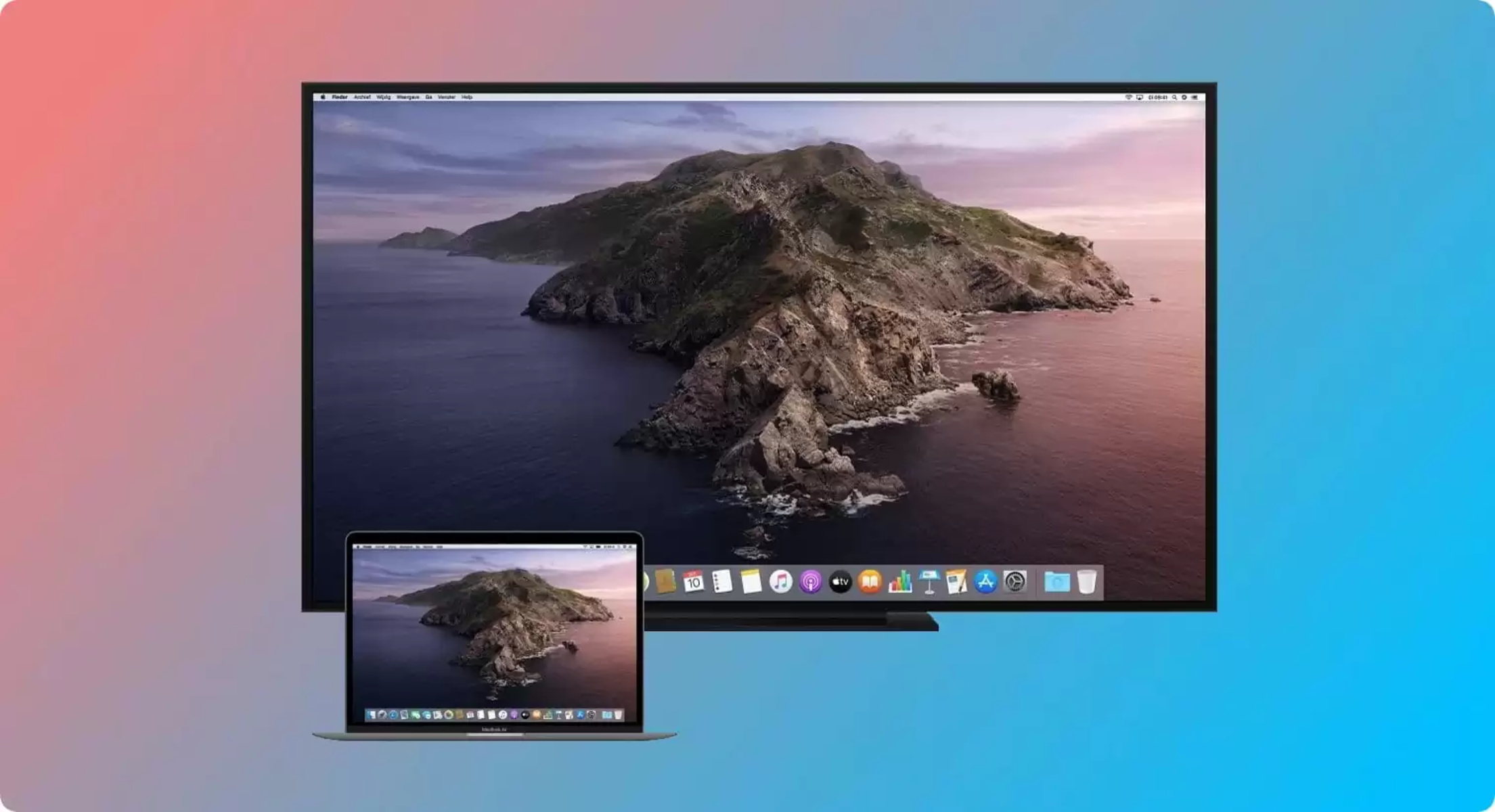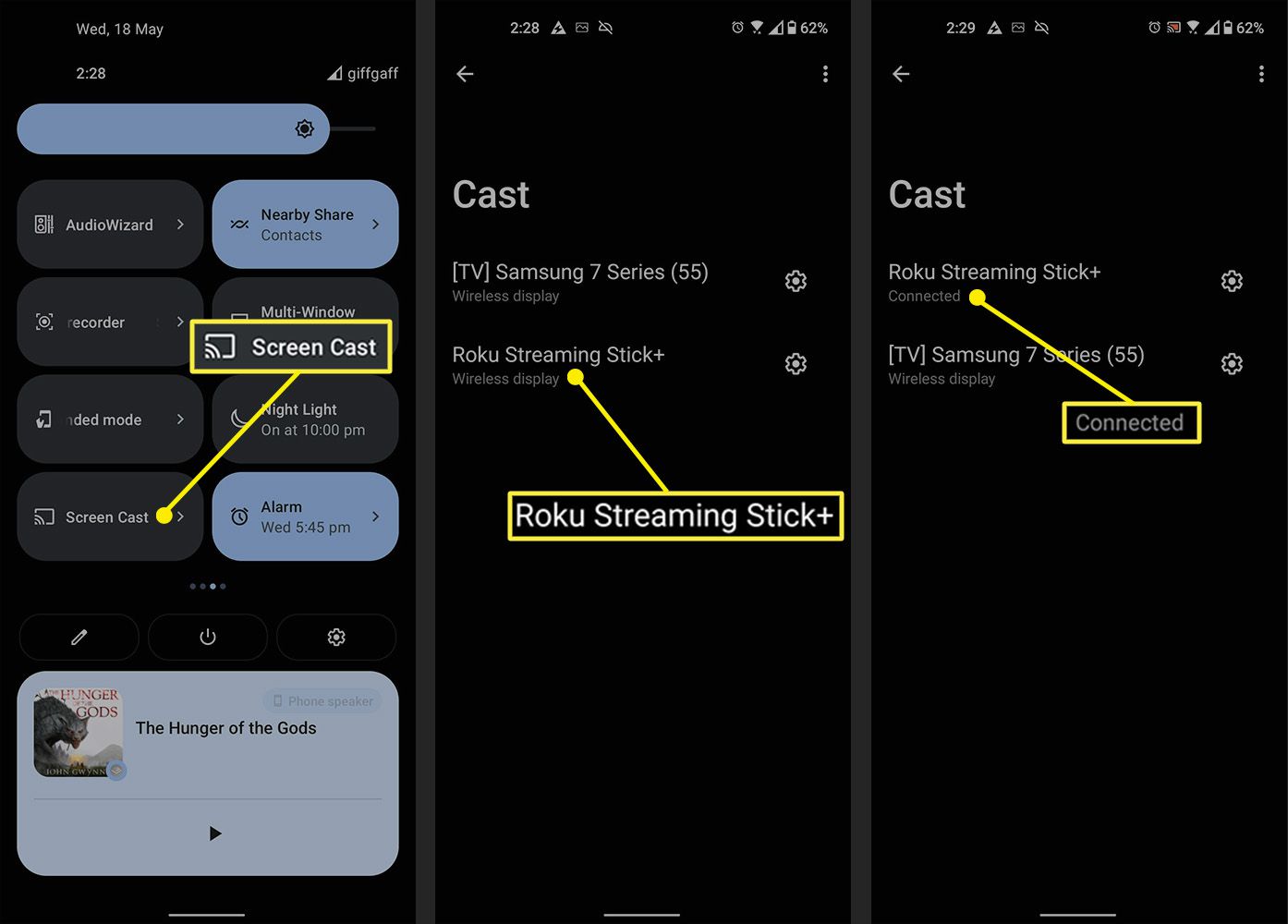Screen mirroring is one of the best tools average users have in their arsenal. It allows you to view high-quality content on bigger screens just by using your phone. However, it can also be inconvenient at times, especially when it turns on accidentally. That’s why it’s always important to learn how to turn off screen mirroring when you don’t need it. How can you accomplish this? Let’s find out.
What Is Screen Mirroring?
Before we learn how to turn off screen mirroring, we must understand what the technology is. To do that, let’s look at an example that might be relatable for most people: projector technology.
Have you ever had a projector at home, at school, or at your company? Chances are, you will have probably encountered projectors at some point in life. These machines are great for showcasing content from a computer to an entire room full of people. You can show anything from slideshows to photos to even movies.
However, what if we told you that you could do the same thing but with a phone and a computer? That’s what screen mirroring is all about. Screen mirroring lets you project the content from your phone, tablet, or computer to another digital screen.
This technology is more advanced than a projector because it can do so wirelessly. The only difference is you project the content to another screen instead of a white canvas or wall. That’s because it works by continuously sending copies of your screen to display on the target device.
Benefits: What Does Screen Mirroring Do?
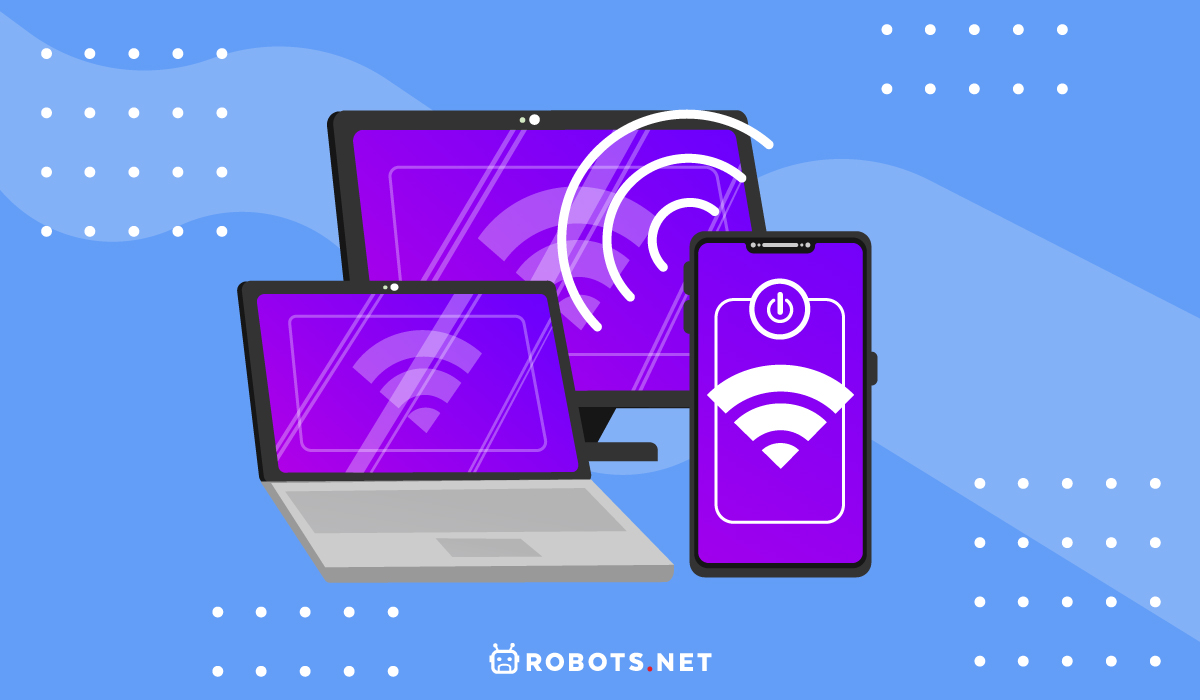

As we’ve previously mentioned, screen mirroring allows you to “mirror” your phone, tablet, or computer screen to another device. You can project it nearly anywhere that’s compatible, whether that’s another computer or TV.
It’s beneficial to users in many ways. For one, it’s an easy way to present any kind of presentation in a classroom or business setting. There’s very little setup involved in screen mirroring. All you must have is your phone, the presentation, and a bigger screen.
In addition, it encourages people to bring their own devices to lower the cost of buying a separate presentation computer. You can also set up meetings quickly through screen mirroring without needing help from IT personnel.
Apart from these, sometimes screen mirroring technology also allows users to mirror devices simultaneously. This can facilitate better communication within teams and boost productivity. It also allows users to gain more control over what they share because all they’ll use are their phones.
For the average person, screen mirroring is also beneficial if you simply want a bigger screen. Phone screens are already high-resolution enough these days. However, with screen mirroring, you can watch movies or even play games on a bigger screen. You don’t need to buy a separate streaming stick or console to view your favorite content on a larger canvas.
How to Turn off Screen Mirroring
There are plenty of devices in consumer technology with varying operating systems. As such, there are equally as many ways you can toggle screen mirroring on those devices. That’s why learning how to turn off screen mirroring via every OS is important. Eager to know more? Here’s how to do it on Windows, Mac, iOS, Android, and more.
Windows
If you need to understand how to turn off screen mirroring on Windows 10, the process is simple. An advantage of screen mirroring is that the setup and disabling process aren’t difficult to do. You simply need to follow these instructions:
- Type “Settings” in the search field of the taskbar
- Press the first app that pops up
- Open “System Settings”
- Scroll to see the option called “Projecting to this PC” and click on it
- Choose the option “Some Windows and Android devices can project to this PC when you say it’s OK”
- Click “Always Off”
Alternatively, you can also prevent other people from projecting to your PC without permission moving forward. Simply click the “Ask to project to this PC” on the second choice. Then choose “every time a connection is requested” to ensure better privacy.
You can tighten the security even more by requiring a PIN before someone can project. Just choose the option to add a PIN and press “Always.” In addition, you may even allow people to project to your PC only if you’re connected to power. You can find this option at the lower end of the window.
Mac
Eager to learn how to turn off screen mirroring on Mac? Apple has made screen mirroring easy on their devices with a built-in feature called AirPlay. Like most of Apple’s features, AirPlay is seamless, easy to use, and doesn’t require too much tinkering. You can easily set it up or turn it off on a MacBook or iMac by following these directions:
- Press the Apple icon in the menu bar of your Mac
- Select “System Preferences”
- Choose “Displays”
- Look for the dropdown called “AirPlay Display” — this will show you the connected device’s name
- Press the dropdown and choose “Off” in the selection
Alternatively, you may also switch AirPlay off from Mac’s home screen. Simply find the AirPlay logo (rectangle and triangle icon) on the menu bar on the upper-right edge. Click it and choose “Turn AirPlay Off.”
Android
A majority of Android devices have a default capability for mirroring called “Casting” or “Screencasting.” If you want to learn how to turn off screen mirroring in the settings, follow these instructions:
- Open Settings
- Type “screencast” in the search menu
- Press “Cast”
- Disconnect all the devices that are connected
Note that the settings for screen mirroring will be different based on your Android phone’s manufacturer. The list above helps you disable the feature on a Xiaomi device.
However, most phones will also allow you to turn screen mirroring off through the quick settings panel. You should find this on the home screen upon swiping down to show the notifications. Simply tap the feature to disable it and turn off your connected devices.
Via Google Home
If you’re using Google Home, you may also learn how to turn off screen mirroring this way:
- Launch Google Home
- Look for the list of connected devices
- Tap the device you need
- Select “Stop Screen Mirroring”
iOS
Apple also lets you mirror iOS devices. If you must understand how to turn off screen mirroring on iOS, check the instructions below:
- Open the Control Center
- On iOS 12 and later, you can find this by swiping down from the top-right edge
- If you’re on iOS 11 or earlier, you must do this by swiping up while on the home screen
- Select the Screen Mirroring option you see (the icon will indicate two rectangles on top of each other)
- Press “Stop Screen Mirroring”
You may also disable screen mirroring altogether if you don’t plan to use it for a while. If you’d like to know how to turn off screen mirroring permanently, follow these directions:
- Open Settings
- Navigate to “General” and select “AirPlay & Handoff”
- Choose the first option
- Note: this might say “Automatic” or “Ask” with an arrow beside it
- Press the “Never” option
Chromebook
Purchasing a Chromebook is convenient, especially if you can’t afford a full-blown Windows or Mac computer. They’re also surprisingly capable despite the less powerful specs and can even mirror screens. Can I disable screen mirroring on a Chromebook? Yes, you can. Simply follow these instructions to learn how to turn it off on Chromebooks:
- Open the Settings app
- Choose “Device” on the left panel
- Navigate to “Power”
- Toggle the “Sleep when cover is closed” to turn on
This will allow you to turn off your Chromebook’s screen when some other device tries to mirror your display. Alternatively, you may also disable screen mirroring completely on every device. Simply do these steps:
- Open the Settings app
- Select “Device” on the left panel
- Click “Displays”
- Uncheck the “Mirror Built-in display” option
Smart TV
How do I remove screen mirroring on a Smart TV? There are many methods to accomplish this. The first is to simply disable screen mirroring on the device that’s casting to your TV. However, should you wish to disable it on the TV itself, you’re free to do so.
On the other hand, note that different TVs will have differing settings. We encourage you to explore and get to know how your TV functions yourself or by checking the manual.
Generally speaking, however, you may do so on your TV by finding the “Apps” option or something similar under settings. You’ll usually find a screen mirroring or screen casting option here. Then simply select “Disable” or “Turn Off.”
Some brands require you to download a separate app if you want to learn how to turn off screen mirroring. For example, LG TVs allow you to turn the feature off from the LG ThinQ app. Simply choose “Screen Sharing” on the app and then tap “Disconnect” on the connected devices.
On the other hand, Samsung TVs have the dedicated SmartThings app. Open it and choose the “Smart View” option on the home screen. Then tap the “turn off screen mirroring” toggle to disable it.
For TVs that require apps for screen mirroring, you may also choose to uninstall these apps altogether. This is an effective way to prevent your TV from accidentally mirroring screens from your connected devices. It’s a decent method, especially if you don’t plan on using screen mirroring for a while.
YouTube Screen Mirroring
Learning how to turn off screen mirroring is easy on most devices. However, you might have also been using it on YouTube specifically. Thankfully, learning how to turn off YouTube screen mirroring is quite simple. Simply follow the instructions below:
- Open the YouTube app or website on the device you’re casting from
- Press the “Cast” icon (rectangle with a diagonal WiFi signal at the corner)
- Choose “Disconnect”
How to Mirror Your Screen
Enabling Screen Mirroring via Smart TV
Using screen mirroring requires you to set up the feature on both the source and recipient devices. Most people probably desire to mirror their devices to a smart television. If this is your intention, you may refer to the guide below:
- Open the settings on your smart TV
- Choose the “Screen Mirroring” option or look for “Wi-Fi Direct”
- Find the device you require
- Wait until it recognizes the device
Laptop to Smart TV: Via Google Chrome
You can swiftly mirror your computer to your smart television through Google Chrome. Note that this works on both Windows and macOS, so you can follow the same steps:
- Hook up your laptop and your TV to the same WiFi network
- Open the Chrome browser
- Press the “more” (three dots) icon on the upper-right edge
- Choose “Cast” on the dropdown
- Select the TV you want on the list
- Press “Sources” on the bottom
- Hit “Cast desktop” in the menu
Windows to Smart TV (Without Google Chrome)
- Go to your home screen
- Press the “Notification” icon on the lower-right of the taskbar
- Choose “Project” or “Connect”
- Select the device you want to project to
Android to Smart TV
- Go to Settings on your phone
- Find the “Cast” option or anything similar like “Connect”
- Look for the Smart TV’s name
- Initiate the connection and wait for the device to pair
iOS to TV
- Open the Control Center
- Note: swipe down (iOS 12 or later) or swipe up (iOS 11 or earlier) on the home screen
- Choose the Screen Mirroring icon (two rectangles layered on one another)
- Tap the option that enables AirPlay / Screen Mirroring
- Select the device you want to cast to
Note that iOS only allows AirPlay to cast to TVs if you have an Apple TV box. However, the good thing about this is that you don’t need to sacrifice picture quality to use the feature.
Which Programs Use Screen Mirroring?
Generally speaking, any app you use — whether on a mobile device or a computer — will show up in screen mirroring. However, some apps do place limitations on the feature. For example, you must use the same WiFi network for either device.
As a result, you can’t project to a TV that’s “dumb” or that cannot connect to WiFi. You’ll need to use a cable to “cast” your mobile device or laptop to the screen. However, using an external cable defeats the purpose of screencasting altogether.
In addition, certain devices require specific procedures to mirror correctly. For instance, Netflix requires you to sign in on both your TV and mobile device to mirror your favorite content. Certain TV brands also require you to download a proprietary app to function properly.
Why Should You Turn off Screen Mirroring?
The first, and the most obvious, reason that comes to mind is simply that you don’t need to use it anymore. Let’s say you’ve finished a presentation and need to give way to the next colleague or schoolmate.
If you don’t know how to turn off screen mirroring, you could inconvenience everyone in the room. Not to mention it could result in a bit of embarrassment on your part for not turning it off quickly.
In addition, turning it off on your devices is essential if you want to prevent accidental casting. After all, you wouldn’t want to accidentally show everyone your private conversations because your TV automatically projected your phone screen.
Apart from these, you may simply want to use a different method to view your favorite content. This method is imperfect and can lead to drops in resolution, after all. Moreover, projecting your device sometimes results in a loss of frame rate. As a result, the quality of your viewing experience could suffer by using this technology.
Screen Mirroring Alternatives
Are there any alternatives to screen mirroring technology? If your main goal is to showcase presentations, then the best alternative is to use a projector. You may also use an HDMI or USB-C cable to project your computer or mobile screen. This eliminates the need to connect your devices to the same network, thereby extending your battery life.
However, if you’re mainly seeking an alternative to help you watch content, then there are many options to choose from. That’s because there are multiple brands of streaming boxes and sticks on the market. You can choose from any competent brand.
For example, Google sells Chromecast devices to people who want to turn their “dumb” TV into a smart one. You can also buy a Roku or Fire TV stick to access your favorite apps, shows, movies, and music.
In addition, you may even purchase a smart TV to eliminate the need for these third-party accessories. Of course, buying a smart TV will be costly compared to purchasing streaming sticks. Nonetheless, it’s a good alternative, especially if you want something seamless.
Turn Off Screen Mirroring Today
Learning how to turn off screen mirroring is easy as pie. That’s because setting up the feature is fairly straightforward. You don’t need much apart from the two devices and a proper network connection. Of course, you’ll need to learn how to set things up on both operating systems for it to work. Nonetheless, enabling and disabling the feature shouldn’t be too hard to accomplish. Ireney







